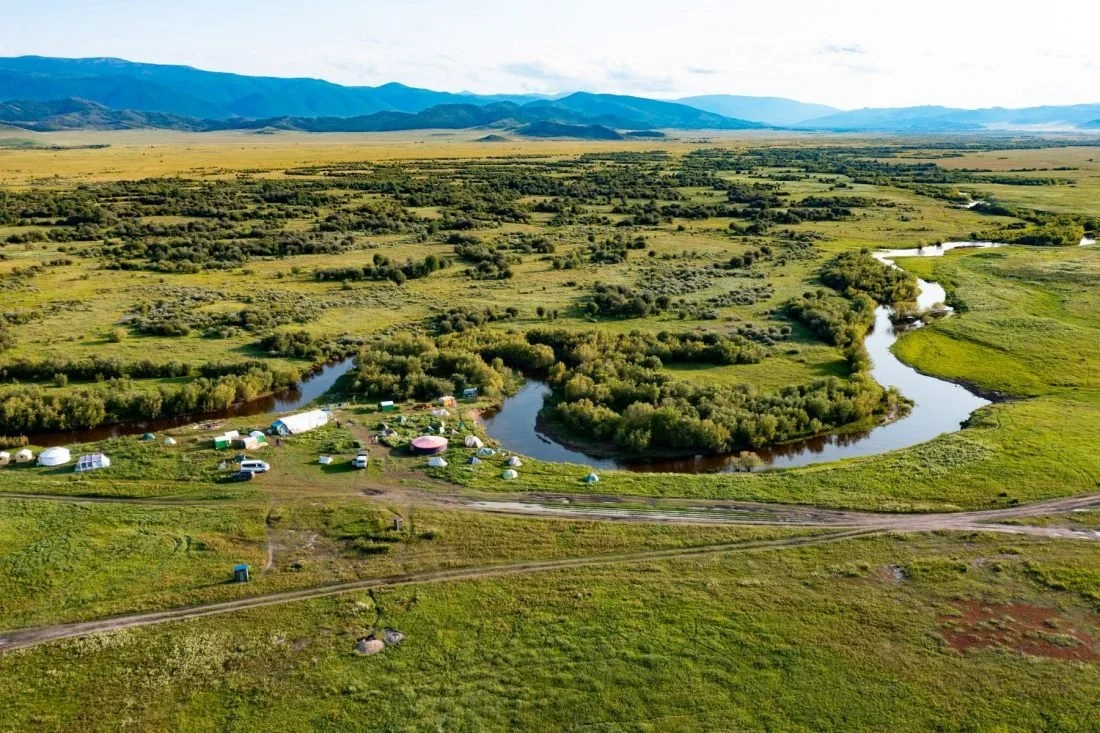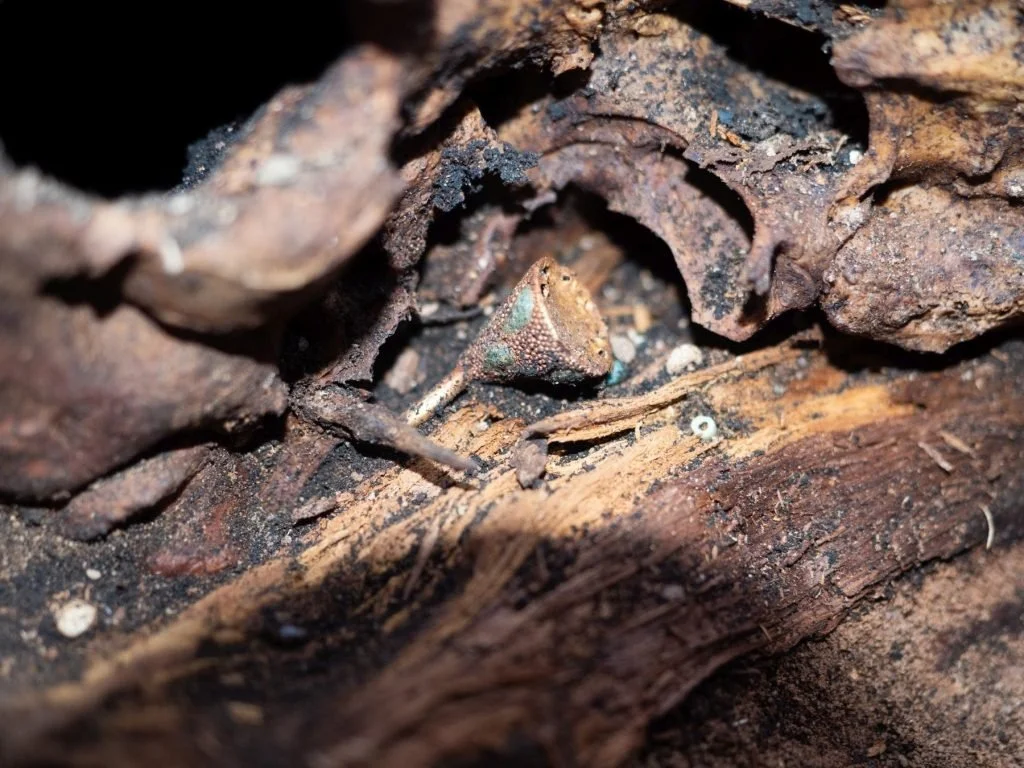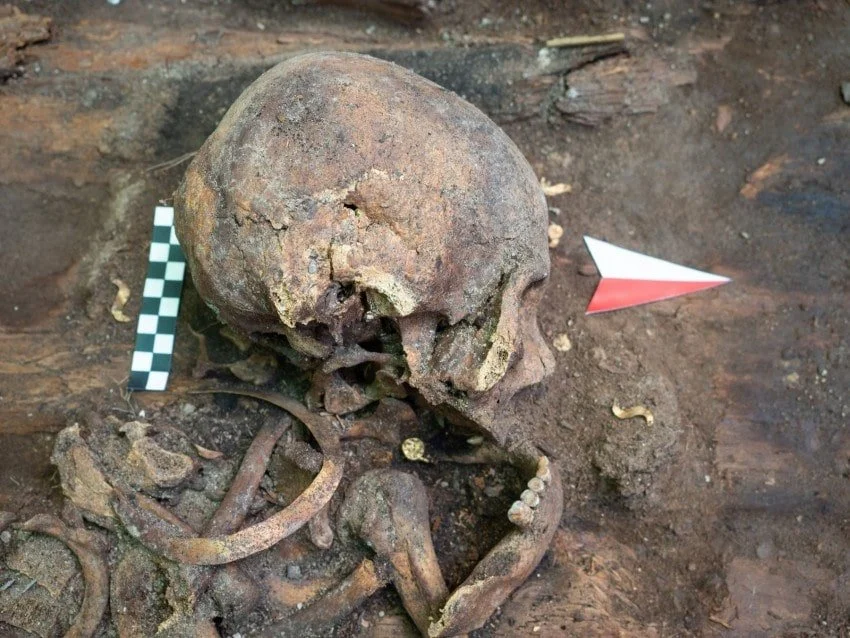The Aztec, a collective of Mesoamericans who thrived from the 14th to the 16th centuries, were the inheritors of ancient cultural traditions from their Olmec, Mayan, and Toltec predecessors. Aztec hygiene practices reflected earlier practice, continuing a dedication to cleanliness and purity.
When Spanish conquerors first encountered the Aztec peoples during the early 16th century, they were amazed by their techniques for keeping themselves and their surroundings clean. A stark contrast to European practices at the time, the Aztec empire went to great lengths to provide clean water to the masses, rid the air of perceived pollutants, and use natural ingredients to promote health and hygiene.












